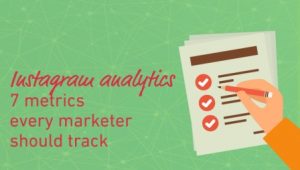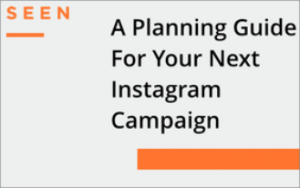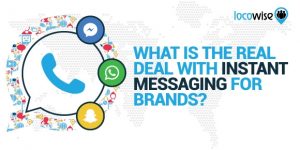— October 9, 2017

geralt / Pixabay
Wherever marketers turn these days data targeting rears its head, and when it comes to media buying this also applies. It’s no longer a simple matter of deploying “data,” however; we now have 1st, 2nd and 3rd party data we can use. While each data type requires different targeting tactics, all three have value, with U.S. programmatic advertising expenditure anticipated to hit $ 38 billion by the end of 2017.
Here’s how data enables you to scale your audience, enhance engagement with existing customers, and increase media buying ROI through better targeting.
Using 1st Party Data
Your 1st party data is the most valuable asset in your targeting arsenal. Few things are as beneficial as knowing who your existing customers are, and mining your records to form holistic images of each client.
Where to get it: Your 1st party data comes from website analytics, subscription info, customer relationship management platforms, social media insights and mobile apps, if applicable. This is quality data available to you at no cost. It belongs to you and is safe from the debates around privacy and third-party cookies. It includes information such as contact details, behaviors, past purchase history and other engagement actions.
The benefits: Using 1st party data takes “guesswork” out of targeting, because you know before you start who your ideal customer is. It also enables you to extend your reach by developing accurate, look-alike audiences, or to segment your audience based on unique requirements of each campaign. It enables you to develop fact-filled advertising creatives, because you know precisely who will be viewing them and what they want.
Taking 3rd Place
Think of your 3rd party data as a backdrop for the main event, your 1st party info. It’s a framework of demographic and behavioral insights gathered from public and external sources around the world. When combined with 1st party data, you’re able to tap deep audience insights that make your media buying more effective.
Where to get it: Many companies sell 3rd party data, but it’s essential to use a reputable provider whose information is updated regularly. Determine whether your provider uses modeling vs. registration-based data, and whether it includes inferred or declared demographics. Both have their place, but your choice will depend on what’s right for your particular campaign.
The benefits: All 3rd party data started out as 1st party data from somewhere, but since then it has been subjected to rigorous cleaning and validation standards by companies with the resources to be objective, such as Nielsen and comScore. When combined with your 1st party data, it gives you a complete 360-degree view of your audience that you simply can’t get by limiting your types of data.
New Kid on the Block: 2nd Party Data
The adoption of 2nd party data as a targeting strategy largely came about because of 3rd party data’s lack of transparency, and the fact that it’s available to almost anyone who wants it. Somewhere between the smaller, richer 1st party data sets and the megalith of 3rd party data, marketers discovered 2nd party, which is essentially 1st party data from large, trusted partners. This data has huge untapped media buying potential, and few brands are benefiting from it currently—mostly because of a lack of expertise.
Where to get it: The 2nd party data is purchased from its owners through a direct relationship, which enables both parties to agree on precisely what is being bought and sold, determine a price beneficial to both and, usually, incorporate other, non-tangible benefits to the customers whose data is being transferred. To get the data you want, marketers need to identify companies selling products or services peripheral to their own offering. An example could be a nutritional supplements supplier joining forces with a large weight management organization, to offer their products to weight management clients.
The benefits: 2nd party data has a higher chance of reliability than 3rd party, because it comes directly from the source and buyers can ask for the relevant information at the time of transaction. It also has a higher competitive value, because it’s not as simple to obtain as 1st or 3rd party data. It enables you to find new markets and expand your reach by targeting audiences who are relevant and qualified, which also helps with retargeting.
Ideally, a media buyer needs all three types of data to target new and existing audiences effectively, but it’s possible to do so if you have access to the data and the ability to make use of it.
Digital & Social Articles on Business 2 Community
(74)






